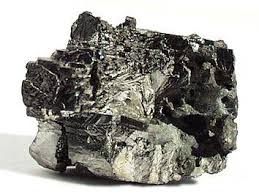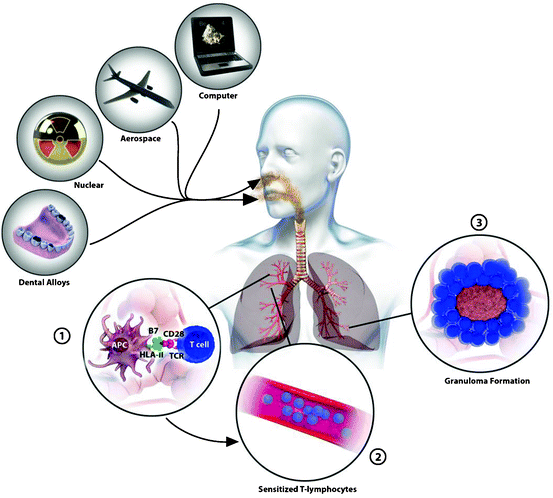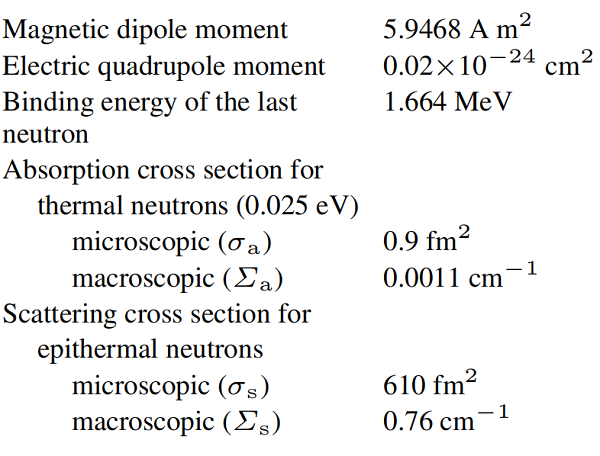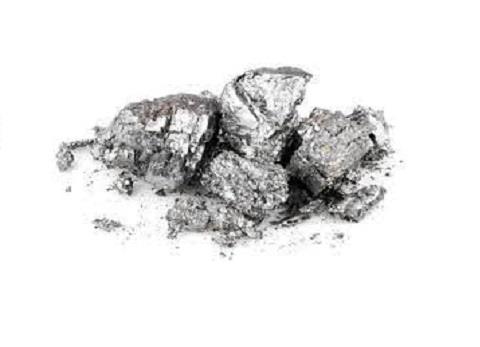Beryllium Applications
Beryllium, chemical symbol Be, atomic number 4, and relative atomic mass (i.e., atomic weight) 9.012182, is the first element of the alkaline-earth metals, i.e., group IIA of Mendeleev’s periodic chart. The name comes from the Greek word beryllos, meaning the mineral beryl in which it was first discovered.

Beryllium has been classified as a strategic and critical metal by agencies in both the US and European governments due to its importance to a range of military and defense applications. Related uses include, but are not limited to:
Beryllium applications can be categorized into five areas:
- Consumer electronics and telecommunications
- Industrial components and commercial aerospace
- Defense and military
- Medical
- Other
Consumer Electronics and Telecommunications Uses
In the United States, consumer electronics and telecommunications applications account for nearly half of all beryllium consumption. In such applications, beryllium is most often alloyed with copper (copper-beryllium alloys) and can be found in cable and high-definition televisions, electrical contacts, and connectors in cell phones and computers, computer chip heat sinks, underwater fiber optic cables, sockets, thermostats, and bellows.
Beryllia ceramics are used in high-density electronic circuits account for about 15 percent of annual consumption. In such applications, beryllium is often applied as a dopant in gallium-arsenide, aluminum-gallium-arsenide, and indium-gallium-arsenide semiconductors.
High conductive and high strength beryllium-copper alloys, which are used in both electronic and structural applications, comprise as much as three-quarters of annual beryllium usage.
Oil, Gas and Automobile Sector Uses
Industrial applications that incorporate beryllium alloys are concentrated in the oil and gas sector, where beryllium is valued as a high strength, temperature resistant, non-sparking metal, as well as in the automotive industry.
The use of beryllium alloys in automobiles has continued to grow over the past few decades. Such alloys can now be found in braking and power steering systems and ignition switches, as well as in electrical components, such as airbag sensors and engine control electronic systems.
Beryllium became a topic of debate among fans of F1 racing in 1998 when the McLaren Formula One team began using Mercedez-Benz engines that were designed with beryllium-aluminum alloy pistons. All beryllium engine components were later banned in 2001.
Military Applications
Beryllium has been classified as a strategic and critical metal by agencies in both the US and European governments due to its importance to a range of military and defense applications. Related uses include, but are not limited to:
- Nuclear weaponry
- Lightweight alloys in fighter jets, helicopters, and satellites
- Missile gyroscopes and gimbals
- Sensors in satellites and optical systems
- Mirrors in infra-red and surveillance equipment
- Skin panels for rocket boosters (e.g. Agena)
- Inner stage joining elements in missile systems (e.g. Minuteman)
- Rocket nozzles
- Explosive ordnance disposal equipment
The metal's aerospace applications often overlap with many of the military applications, such as those found in launching systems and satellite technologies, as well as aircraft landing gears and brakes.
Beryllium is widely used in the aerospace sector as an alloying agent in structural metals because of its high thermal stability, thermal conductivity, and low density. One example, which dates back to the 1960s, was beryllium's use in constructing shingles to protect capsules used during the Gemini space exploration program.
Medical Uses
Due to its low density and atomic mass, beryllium is relatively transparent in x-rays and ionizing radiation, making it a key component in the construction of x-ray windows. Other medical uses of beryllium include in:
- Pacemakers
- CAT scanners
- MRI machines
- Laser scalpels
- Springs and membranes for surgical instruments (beryllium iron and beryllium nickel alloys)
Nuclear Power Uses
Finally, one application that may direct future demand for beryllium is in nuclear power generation. Recent research has shown that adding beryllium oxide to uranium oxide pellets can produce more efficient and safer nuclear fuel. Beryllium oxide works to cool the fuel pellet, which allows it to operate at lower temperatures, giving it a longer life.
);




